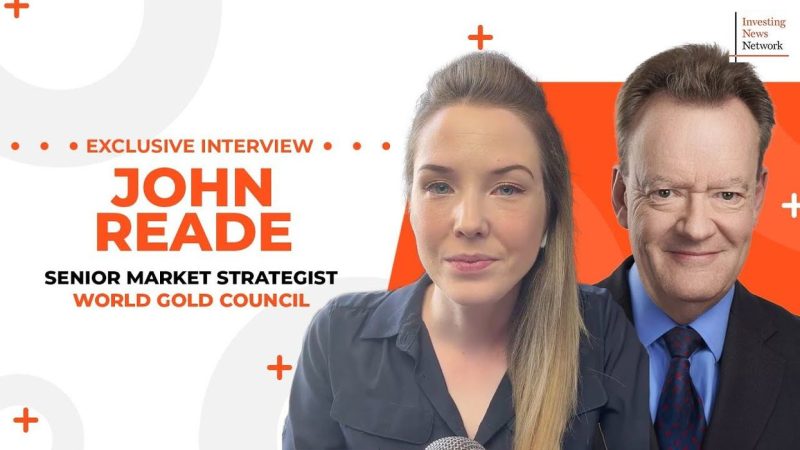John Reade: Gold Price Drivers Shifting – What Will Fuel Next Leg Up?
The Current Landscape of Gold Prices
In the tumultuous world of finance and investment, few assets have captured the popular imagination like gold. For millennia, gold has been a symbol of wealth, power, and stability. In recent years, global economic uncertainty, geopolitical tensions, and the enduring appeal of gold as a safe haven asset have all contributed to a steady uptrend in the price of the precious metal.
One of the foremost experts on gold and commodities, John Reade, recently shared his insights on the shifting drivers behind gold prices and what might fuel the next leg up for this perennial favorite among investors.
Shifting Market Forces
According to John Reade, the traditional drivers of gold prices are undergoing a significant shift. Historically, economic data such as interest rates, inflation expectations, and currency movements have played a central role in determining the direction of gold prices. However, in today’s increasingly complex and interconnected global economy, a broader range of factors are influencing the price of gold.
One of the key drivers of gold prices in recent years has been central bank policy. With central banks around the world pursuing unconventional monetary policies such as quantitative easing and negative interest rates, investors have flocked to gold as a hedge against currency devaluation and financial instability. John Reade highlights the importance of monitoring central bank actions and their impact on gold prices in the current environment.
Geopolitical tensions and macroeconomic uncertainty are also playing a significant role in driving demand for gold. In an era of trade wars, political instability, and rising global debt levels, investors are increasingly turning to gold as a safe haven asset that can preserve wealth in times of crisis. John Reade emphasizes the need to closely monitor geopolitical developments and their potential impact on gold prices going forward.
Emerging Trends and Opportunities
Looking ahead, John Reade identifies several emerging trends that could fuel the next leg up in gold prices. One of the most promising developments is the growing interest in gold among institutional investors. With traditional assets such as stocks and bonds facing heightened volatility and uncertainty, institutional investors are increasingly allocating funds to gold as a strategic asset allocation.
Another trend to watch is the increasing demand for gold in emerging markets such as China and India. As the middle class expands and disposable incomes rise in these regions, demand for gold jewelry and investment products is expected to grow significantly. John Reade highlights the importance of understanding the dynamics of these markets and their potential impact on the global gold market.
Innovations in financial technology and the rise of digital assets are also creating new opportunities for gold investors. With the advent of blockchain technology and digital gold products, investors now have more ways to access and trade gold than ever before. John Reade underscores the importance of staying informed about these innovations and their implications for the future of gold investing.
Conclusion
In conclusion, John Reade’s insights shed light on the shifting drivers behind gold prices and the potential opportunities that lie ahead for investors. As the global economy continues to evolve and uncertainties persist, gold remains a timeless asset that can provide stability and diversification in any investment portfolio. By staying informed, remaining vigilant, and capitalizing on emerging trends, investors can position themselves to benefit from the next leg up in gold prices.
